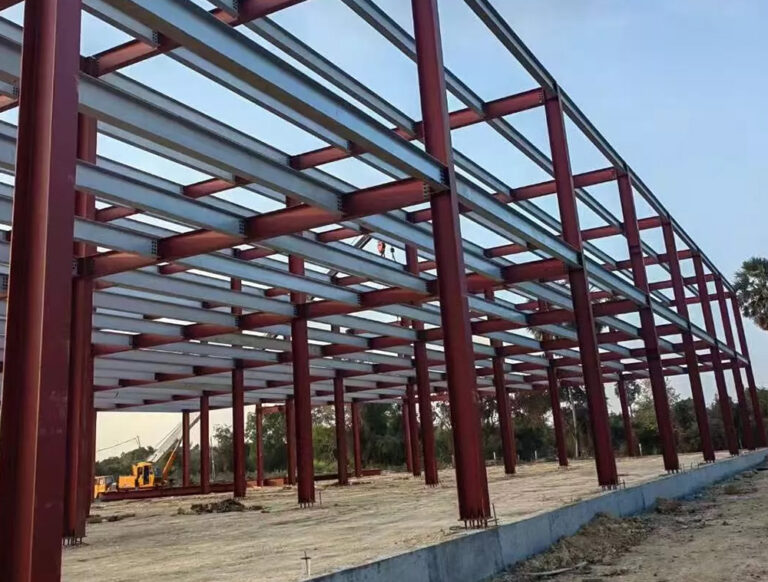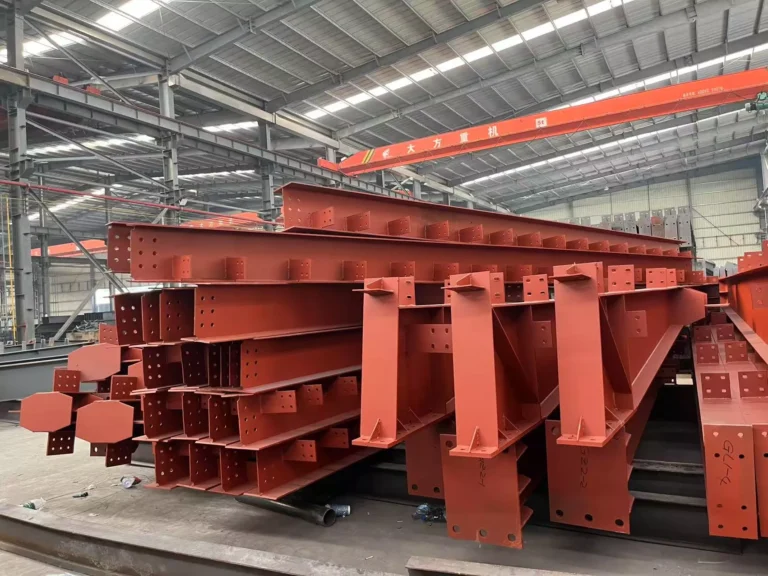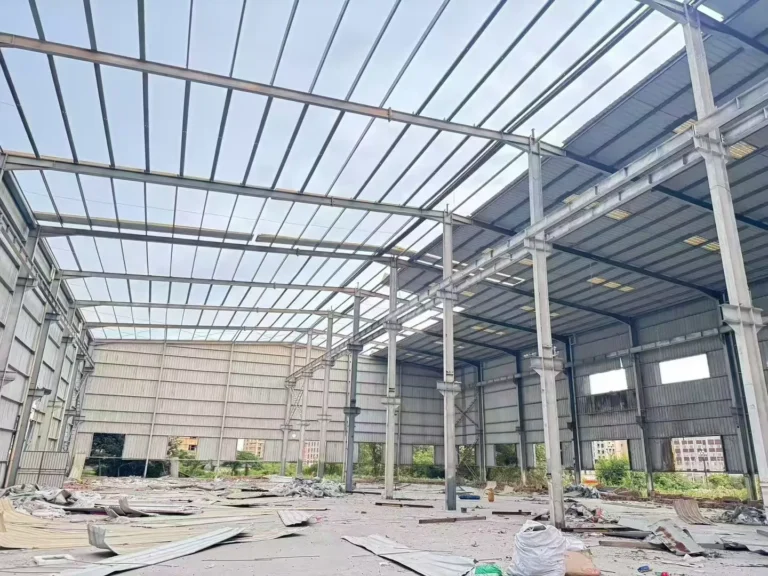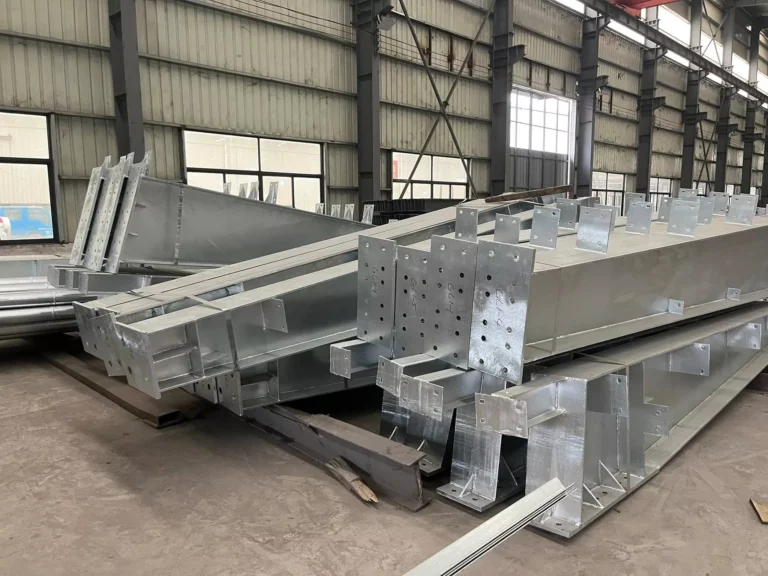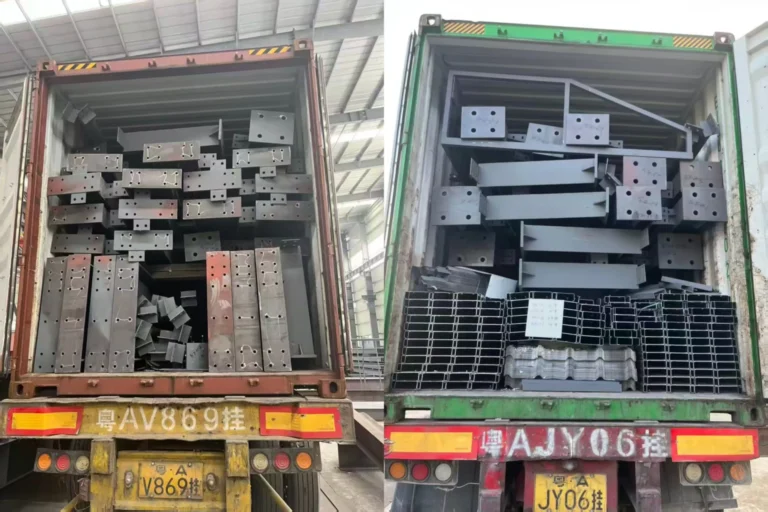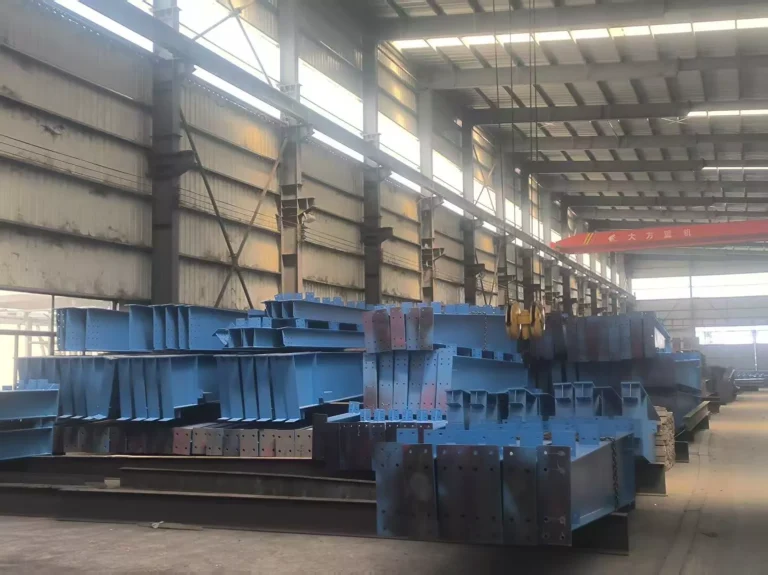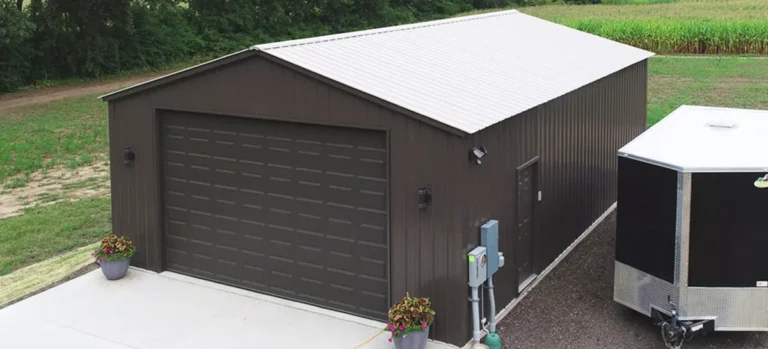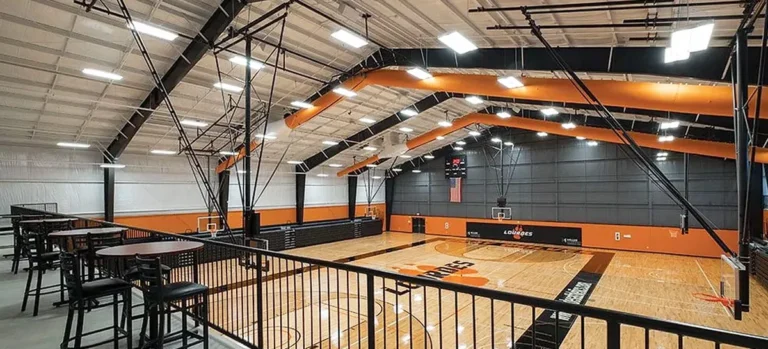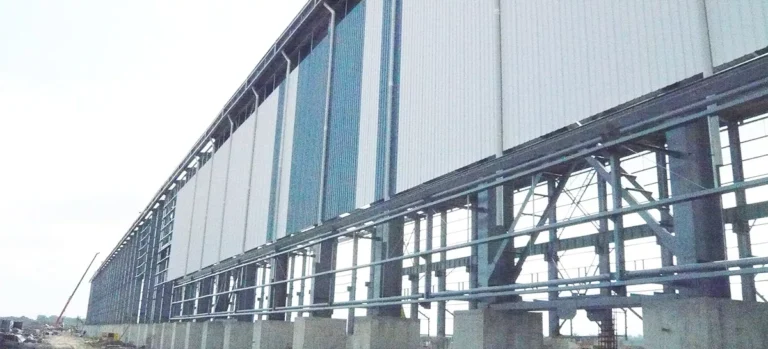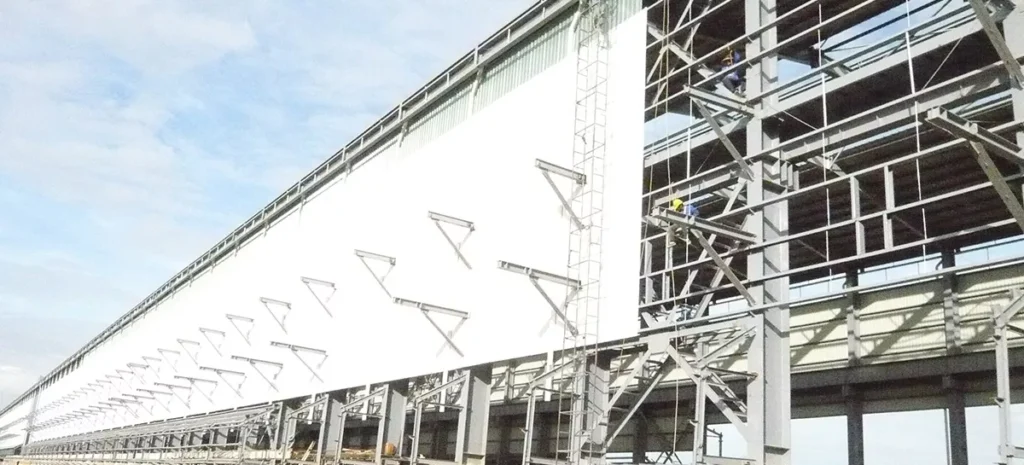
Insulating a metal building is one of the most important steps you can take to improve its energy efficiency, comfort, and durability. Whether you’re constructing a commercial warehouse, agricultural barn, workshop, or office space, proper insulation ensures that your metal building maintains a comfortable interior climate while reducing energy costs and preventing moisture damage.
This article explores the benefits of metal building insulation, the most common types of insulation materials, and best practices for insulating metal structures.
Why Insulate a Metal Building?
Metal buildings, while incredibly durable and versatile, are excellent conductors of heat, which means they can quickly become too hot in the summer and too cold in the winter without proper insulation. Insulation helps control temperature, reduce condensation, and improve energy efficiency. Here are the key reasons to insulate your metal building:
- Temperature Regulation Metal buildings can heat up quickly in the sun and lose heat rapidly in cold weather. Insulation helps to regulate the internal temperature by acting as a barrier that slows down the transfer of heat. This means your building will stay cooler in the summer and warmer in the winter, reducing the need for excessive heating and cooling.
- Energy Efficiency Proper insulation reduces the need for heating and air conditioning, leading to lower energy bills. Over time, this translates into significant cost savings, especially for larger metal structures like warehouses, manufacturing facilities, or office buildings.
- Condensation Control Condensation occurs when warm, humid air inside the building comes into contact with the cool surface of the metal walls or roof. Over time, this moisture can lead to rust, corrosion, mold growth, and even structural damage. Insulation acts as a moisture barrier, preventing condensation and protecting the building’s integrity.
- Soundproofing In environments where noise control is important—such as offices, workshops, or manufacturing plants—insulation can help reduce the transmission of sound. It can dampen noise from outside sources as well as noise generated within the building, creating a quieter and more comfortable work environment.
- Extended Building Life By protecting against moisture and temperature extremes, insulation helps prevent the metal in your building from expanding and contracting, which can lead to wear and tear over time. Insulating your building can extend its lifespan by protecting it from corrosion, rust, and other weather-related damage.
Types of Insulation for Metal Buildings
There are several types of insulation materials commonly used in metal buildings, each with its own set of advantages. The choice of insulation depends on the building’s purpose, climate, and budget. Here’s an overview of the most popular options:
1. Fiberglass Insulation
Overview: Fiberglass insulation is one of the most widely used materials for metal building insulation. It consists of fine glass fibers and is typically available in batts or rolls that can be installed between metal framing and the outer panels.
Benefits:
- Affordable and widely available.
- Effective in regulating temperature and controlling condensation.
- Available in various thicknesses and R-values (the measure of insulation’s thermal resistance).
Best For: Fiberglass insulation is ideal for metal buildings used for workshops, storage facilities, and agricultural structures where moderate insulation is needed.
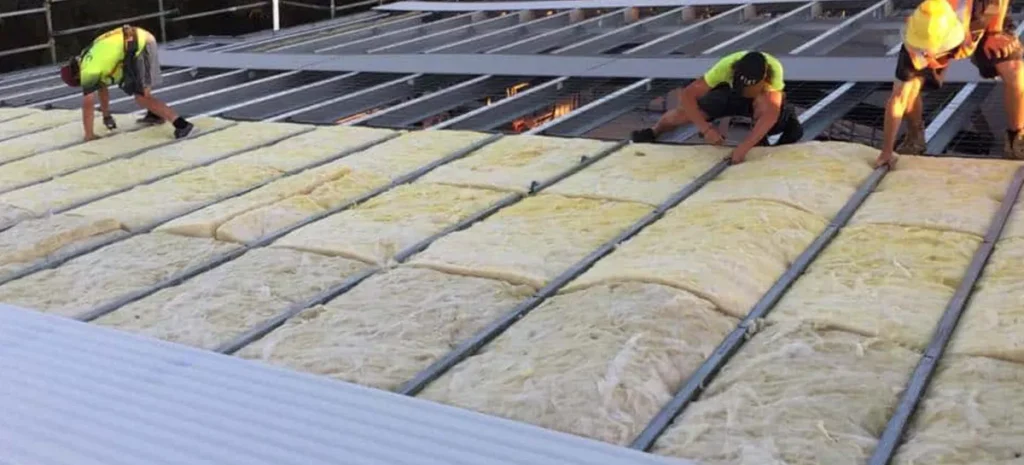
2.Spray Foam Insulation
Overview: Spray foam insulation is a versatile and highly effective solution. It is sprayed directly onto the interior surfaces of metal buildings, where it expands to fill gaps and create an airtight seal.
Benefits:
- Provides an excellent moisture and air barrier, preventing condensation.
- Fills cracks and gaps, making it ideal for irregular or hard-to-reach spaces.
- High R-value per inch, meaning it provides superior insulation with less material.
Best For: Spray foam is ideal for metal buildings that require high levels of insulation, such as residential spaces, office buildings, or temperature-controlled environments.
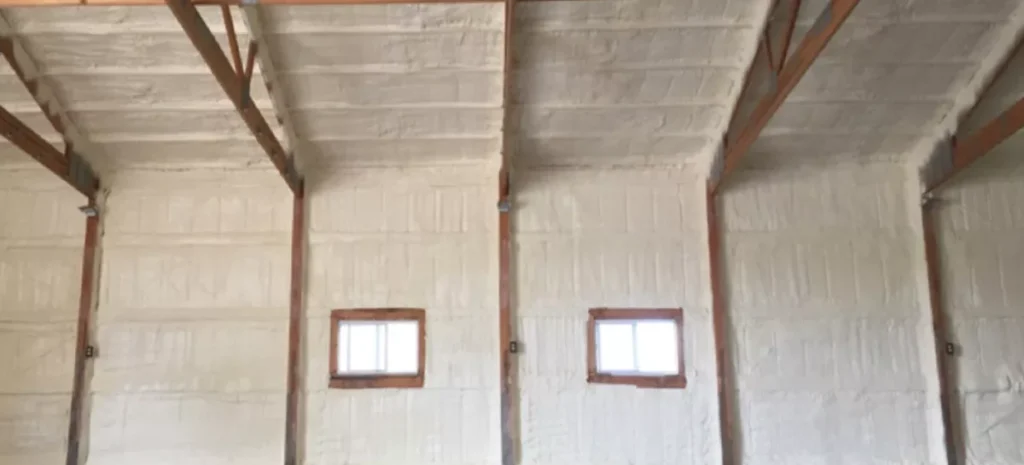
3.Rigid Foam Board Insulation
Overview: Rigid foam boards are made from materials such as polystyrene or polyisocyanurate and come in panels that can be installed between the metal panels and framing. They offer excellent insulation with a slim profile.
Benefits:
- High R-value with relatively thin panels.
- Resistant to moisture, making it ideal for areas prone to humidity.
- Easy to install and cut to fit specific spaces.
Best For: Rigid foam board is commonly used in commercial and industrial buildings where insulation needs to be both effective and space-efficient.
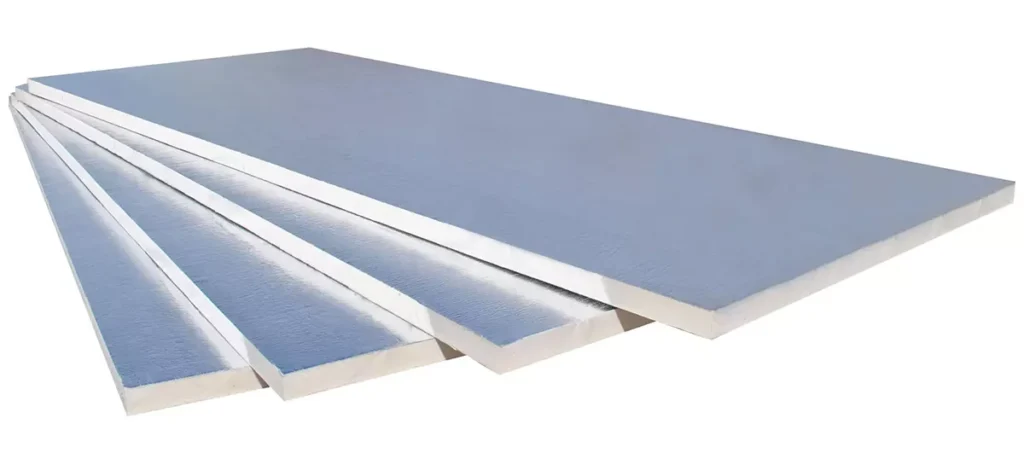
4.Reflective Foil Insulation
Overview: Reflective foil insulation consists of layers of aluminum foil with polyethylene or air bubbles in between. It works by reflecting radiant heat away from the building, helping to reduce heat gain during hot months.
Benefits:
- Lightweight and easy to install.
- Ideal for reducing heat in hot climates.
- Often combined with other insulation types for improved thermal performance.
Best For: Reflective foil insulation is most effective in metal buildings located in hot climates, such as warehouses, garages, and workshops.
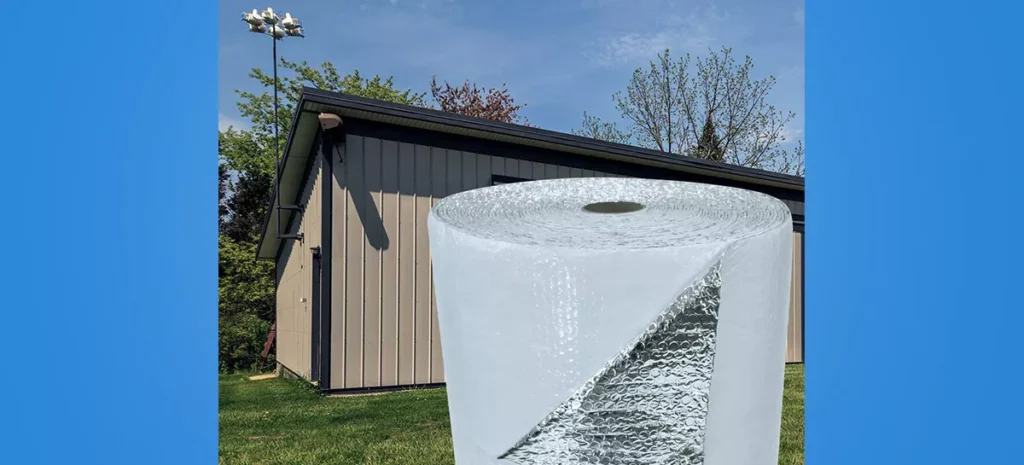
Overview: Spray-on ceramic insulation is a liquid coating that can be applied directly to metal surfaces. It contains tiny ceramic beads that provide a thermal barrier.
5. Spray-On Ceramic Coating
Benefits:
- Easy to apply and dries quickly.
- Provides thermal protection and can help reduce heat transfer.
- Also acts as a rust inhibitor.
Best For: This type of insulation is ideal for buildings where aesthetics and ease of application are important, such as metal homes or office buildings.
Best Practices for Insulating Metal Buildings
- Evaluate Climate and Building Use Before choosing an insulation material, consider the climate of your location and the purpose of the building. For example, buildings in cold climates will need higher R-values to prevent heat loss, while buildings in hot, humid environments need insulation that controls both heat and moisture.
- Install a Vapor Barrier Condensation is a common issue in metal buildings, so it’s important to install a vapor barrier alongside insulation to prevent moisture from penetrating the building. Vapor barriers help protect both the insulation and the metal structure from water damage.
- Seal Gaps and Cracks Proper insulation requires sealing any gaps, cracks, or openings where air might enter or escape. Spray foam insulation is particularly useful for sealing difficult areas, while caulk or weather stripping can be used for smaller openings around doors and windows.
- Consider Roof Insulation Roof insulation is crucial for metal buildings, as heat tends to escape through the roof during cold weather and accumulate during warm months. Insulating the roof with the appropriate material can significantly reduce energy costs.
- Maintain Insulation Over Time Insulation performance can degrade over time due to factors like moisture, pests, or physical damage. Periodically inspect the insulation to ensure it remains intact and effective. For spray foam and fiberglass, consider reapplying or replacing sections if needed.
- Use Professional Installation Insulating metal buildings can be more complex than insulating traditional buildings. For the best results, consider hiring a professional insulation contractor who is experienced with metal structures. Proper installation ensures that the building is airtight, moisture-free, and energy-efficient.
Conclusion
Insulating your metal building is essential for controlling temperature, preventing condensation, and improving energy efficiency. With various insulation options like fiberglass, spray foam, and reflective foil, there’s a solution for every budget and application. Whether you’re constructing a commercial facility, a barn, or a residential building, proper insulation will increase the lifespan of your metal structure and reduce long-term energy costs.
At Ganyo Steel Structure, we offer a wide range of custom metal buildings that can be fully insulated to meet your specific needs. For more information on metal building insulation or to discuss your project, contact us at lizzy@ganyosteelbuilding.com. Our experts will guide you in choosing the best insulation solution for your metal building.m for a consultation.

